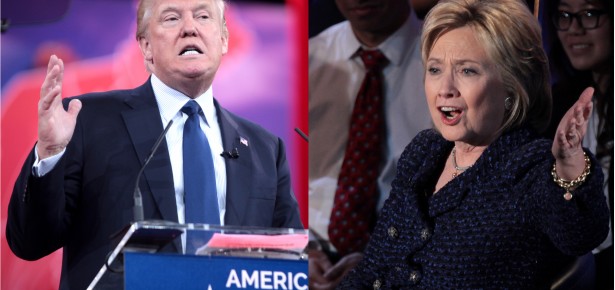
Hillary Clinton: “My Social Security payroll contribution will go up, as will Donald’s, assuming he can’t figure out how to get out of it . . .”
Donald Trump: (interrupting) “Such a nasty woman.”
Sometimes, opportunities are simply too rich to ignore, and observations – even if they might be obvious – too significant to pass over. Such is the case with Donald Trump’s now famous interruption (and we know it’s famous because of the proliferation of “nasty woman” t-shirts, bumper stickers, coffee mugs, and other paraphernalia flooding the market within days of the third debate) of Hillary Clinton. So, let’s put aside the gendered dynamics of speaker interruption and examine, instead, the substance of the remark.
Aggressiveness, self-confidence, assertiveness – the characteristics we tend to associate with effective leadership – are taken to be masculine traits. Some people – not all, by any means, but perhaps more than we’d like to believe – are comfortable with such traits being displayed by males, but profoundly uncomfortable when they become apparent in the behaviors of women.
In Discourse on Leadership, I trace some of the foundational thinkers who helped explore the fallacy and peril of such thinking:
These and other thinkers helped establish the gendered construction of leadership and the resulting imposition placed on women: expecting that they mold their behaviors and demeanor into a masculine stereotype if they wish to be considered to be leaders, and then criticizing them for violating the feminine stereotype.
We can and should revisit and remember these pioneering scholars. We can also “thank” – and I use the word with all intended irony – the candidate for his interruption and his four -word interjection, “such a nasty woman,” for encapsulating the toxicity of that belief.
Latest Comments
Have your say!